How do I build a surf park? Insights from Endless Surf’s Paul Chutter
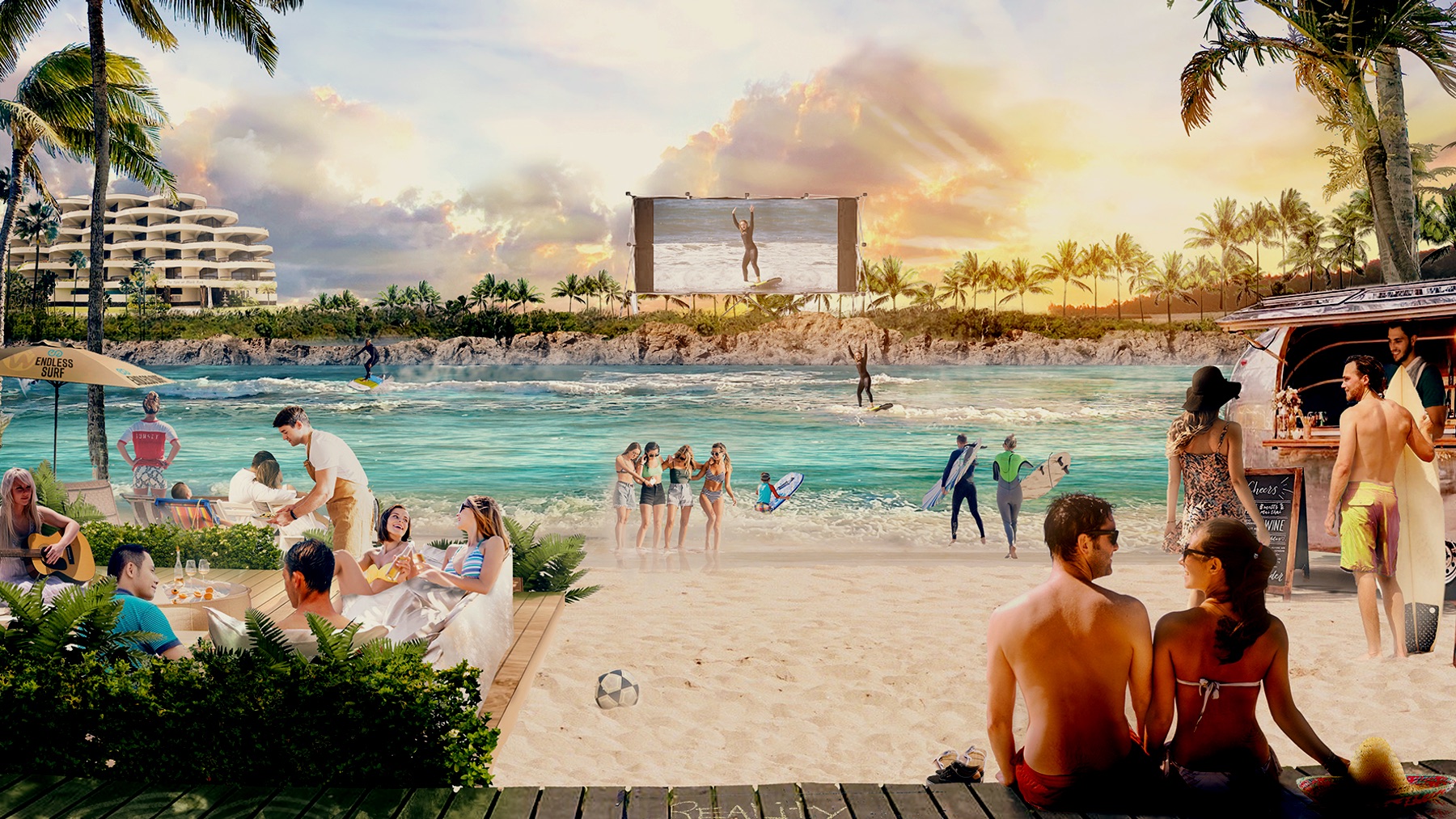
We get a lot of requests at WavePoolMag from hopeful surf park developers. Via our social channels, the messages usually start “Me and my friends are thinking of building a wave pool.” Then they provide reasons why and exclamations of “It’s gonna be so rad!” The queries usually end with “So, like, how do we get started and what do we need to do?”
Before you and your crew go out and build your dream wave pool you need to consider the big pieces: permits, land acquisition, water use, government regulatory bodies, the local planning process, venue operations, safety requirements, legal issues, filtration, anticipated capacities, peak usage, average daily usage, target audience and more. Then you have to consider the little pieces like placement of cabanas, lounge chairs, food and beverage, change rooms, traffic flow patterns, and whether the taco truck faces the pool or the entry path.
Since we can’t answer all that in a Tweet, we thought it best to go straight to the source and interview WhiteWater’s Chief Business Development Officer Paul Chutter. The company has been in the waterpark biz for 40 years. Their job is to assist and guide new development teams throughout the entire process of building a surf park, and their Endless Surf wave pool is currently in development at four locations across the globe with many more on tap.
What do you need to consider before building a wave pool? Mr. Chutter explains in the following interview.
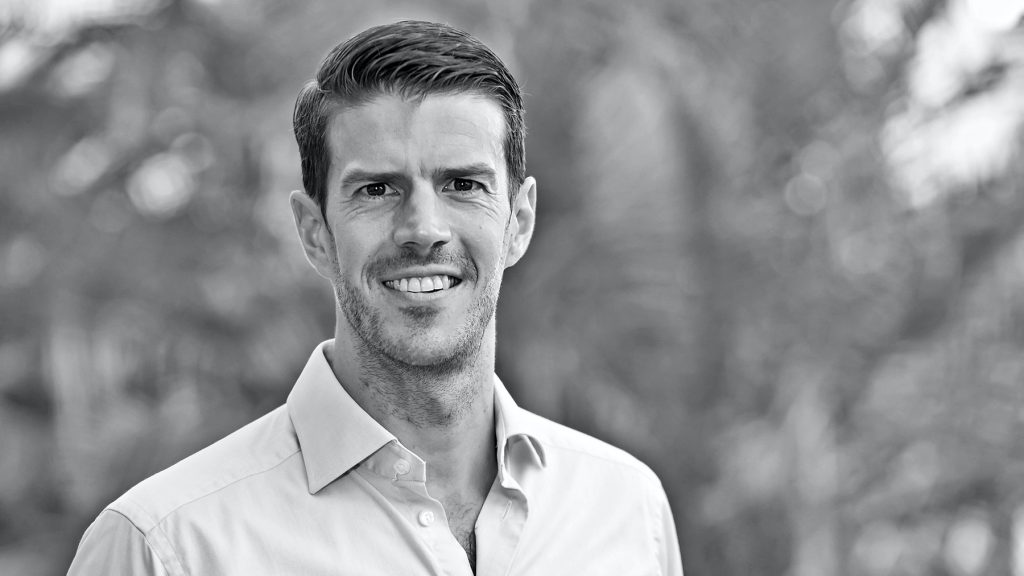
What do I need to know before I draw up a business plan for my surf park?
For starters, you have to know your clients. You’ve got your pure-play surfers. You’ve got family units. You’ve got corporate groups who will come. You’ve got private events and you’ve got a huge range of ages. Of course, the operation must be created to optimize the experience for all those user groups.
Then it’s about creating an authentic experience and one that offers something for everyone. That is ultimately what makes a successful venue. You must do your homework. This is where things like feasibility studies, proformas, etc. come into play. Have you got the right mix to make this profitable? If you do, do you have the pieces in place to make it happen?
You need the right piece of land— does it have good transport access? Does the topography or geology make the development cost prohibitive?
And you probably need to convince investors of the strength of your plan, if, like most of us, you probably haven’t just won $25 million in the lotto.
You can’t do this on your own, who is on your trusted development team to give honest expertise you don’t possess on the planning process, safety and legal issues, filtration, and venue operations?
This isn’t a venture for the fainthearted or the arrogant, and you need commitment; start to finish you are probably talking a 3 to 5-year process from concept to your very first paying guest. Although the design and development of the waves and pool we provide can be done in 12 months.
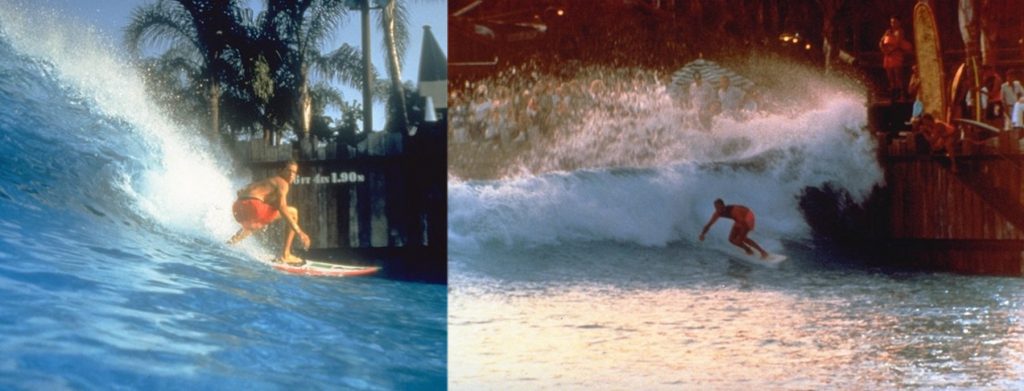
How do you do this? Many wave pools seem to just release clips of pros shredding and call it a day. But there’s obviously much more to attracting people to your surf park.
Economically viable venues mean attracting a family of surfers plus the surfer and their family. Today, more than ever, I see surfing as a multi-generational sport. Dad and daughter paddling out together. Mom and little brother playing in the whitewash. They have to be satiated with the surf, first and foremost, but above all else, they have to have an amazing day out.
If a venue is truly successful, what they will see is multiple generations enjoying the sport all together. Outside of the surf basin, amenities such as a boardwalk, exceptional food and beverage, private cabanas, and other water-based features will keep the family unit entertained. Features such as adjacent lagoons for stand up paddleboarding, rock climbing, pump tracks, and other related activities are highly complementary. It’s critical to cater to a broad audience with corresponding interests, as opposed to just the surfer in isolation.
When you’re successful with that equation, what ends up happening is the length of stay goes up, average daily spend goes through the roof, guest satisfaction, of course, goes up, and ultimately repeat visitation goes up as well. And what that looks like in real life is, you know, a family of four or five getting back into their vehicle at the end of the day. And everyone together is just raving about what an awesome day they had together.
Repeat visitation is important for a host of reasons. First of all, it signals the overall success of the experience that’s being provided and is of critical importance when it comes to ROI and the overall economics of the project. Second, it’s a key performance indicator that the individual who came and surfed that day is going to go out and really evangelize and be a huge brand ambassador for the park and for the experience. It all starts with the surf and the creation of a genuine surf experience but that’s certainly not where it ends.
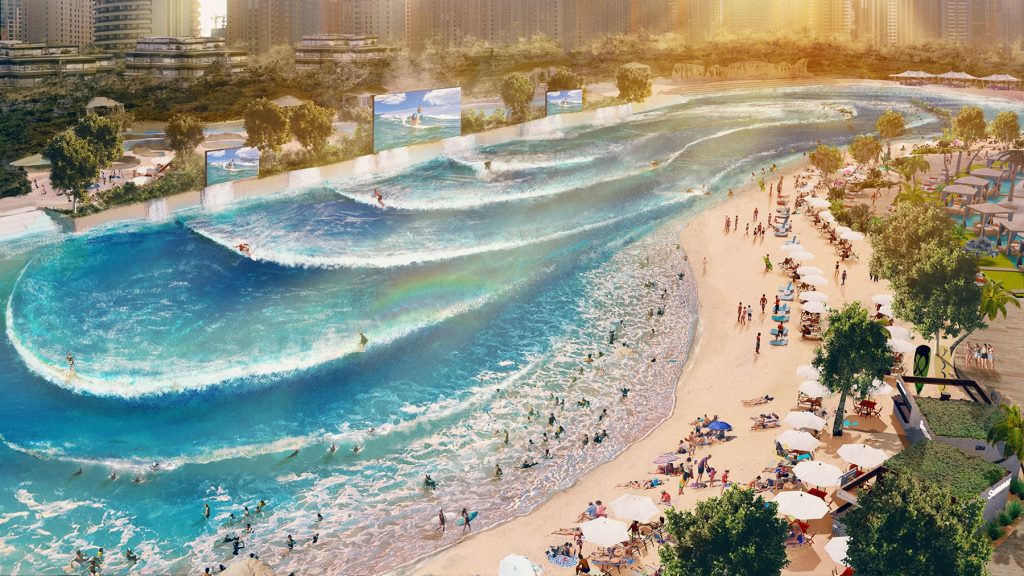
So, for some that surfing experience could be pretty gentle…
A good wave pool has to be designed to have flexibility; your pool is a big investment and it needs to work very hard. Sometimes that might mean only one half is pumping big waves so that the other half of the pool can be used, for example, strictly for boogie boarding, or a scheduled swim for people bobbing around when session bookings are low.
You know from seeing fellow surfers in the ocean, we may be Kelly Slater in our minds but in reality, a lot of us are intermediate surfers. Yes, the promotion videos show amazing airs but 70% of your guests won’t be able to do that. What they want is the feeling of accomplishment, of getting better, and that means giving them a wave they can enjoy and learn on. That is why our Wave Doctor software helps to deliver the most flexible wave on the market. It means you don’t need to choose right or left side when you book, and you can mix experts and intermediates (and the waves to suit their skill levels) because they are in different zones in the pool.
Endless Surf also comes in different sizes. The truth is in how the surf can be infinitely configured. You know, every chamber is effectively 10 feet by 10 feet. We can go as small as 18 chambers, up to as big as you’d like. Paris, of course, is an ES4800, which is, just to put it in context, double the size of BSR Surf Resort. But if you came to me and said, “I’d like an ES9600 (96 chambers)”, we can absolutely do that. The cost goes up, but your ride time would be even longer.
What are some of the challenges to building a surf park and how is Endless Surf positioned to address these challenges?
The huge venues we’ve helped create bring depth of experience and add a lot of value that some of our competitors may not be as well-positioned to deliver. Assisting with governmental regulatory bodies, the permitting process, these are all elements we’re incredibly familiar with. I think when it comes to working with local government we do well. Paris is a great example where we’re working as part of a team to ensure that the surf park actually gives something back to the community.
This is something that makes Paris truly unique. I do think community development is something that we’ll start to see more of in surf parks. And a big part of that is safety, which is a bedrock of what we do. Categorically, the health and safety of our guests are paramount. And every decision we make is made through the lens of health and safety. There have been some well-documented issues in the surf space and you know, for us, those are just completely unacceptable.
After safety, you have to think about water and electricity consumption, these are concerns that we’re very familiar with given our legacy business. Overall footprint, soil, waterproofing, noise levels, and noise mitigation are incredibly important to us, and what I think are going to be increasingly important to not only the developers but equally to those local government bodies, regulators, as well as guests.
Take water for example, unlike some of our competitors in the space who tend to have a one template water filtration system that they use, we have the flexibility to implement a wide variety of water filtration systems, depending on local regulatory codes, which may change drastically from one place to another.
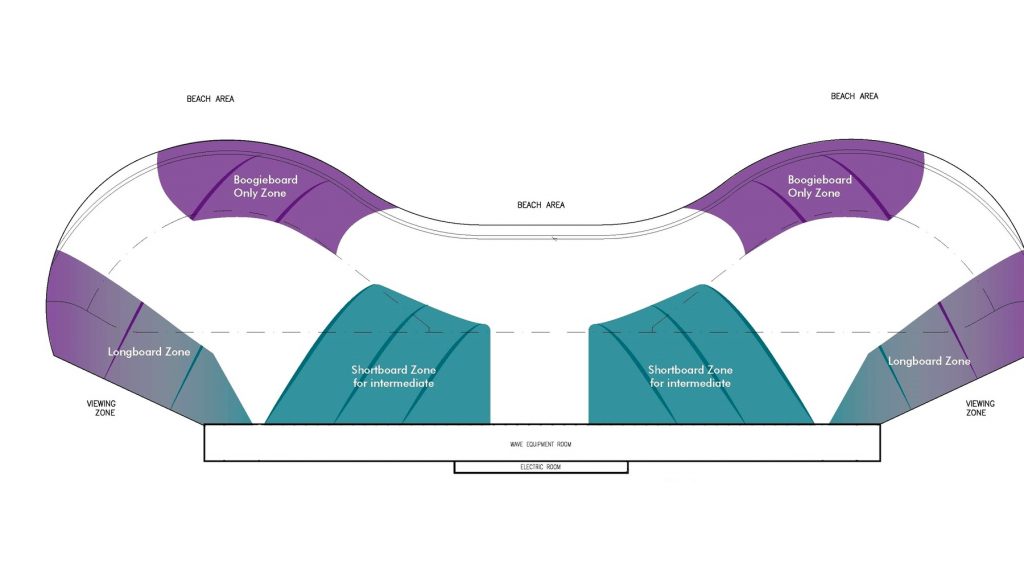
What was one of the biggest challenges you’ve faced when building a project?
A good recent example was building on manmade islands in the Gulf made primarily of sand for Royal Caribbean’s Perfect Day Island. The project was called CocoCay, which we completed about two years ago, and shortly after opening was hit by a category five hurricane. The next day when the dust quite literally settled, there was no damage whatsoever. A few cosmetic things here and there from debris flying around but they opened up four days later to the public and there were no issues at all. It was a real testament to our engineering and a genuine moment of pride.
Being based on a remote island and engaging in any sort of construction project is incredibly costly and logistically challenging. Everything had to be shipped to Florida on a barge to a drop location and then onto another boat and to the island via privately hired boats. I mean, these are not standard shipping routes. Building a project that can, and eventually did, withstand a category five hurricane, there’s a tremendous amount of engineering that goes into that. We have a hundred-person engineering team here and tons of structural engineers with decades of experience. They’ve worked on projects and installations in just about every condition with seismic considerations and wind loads.
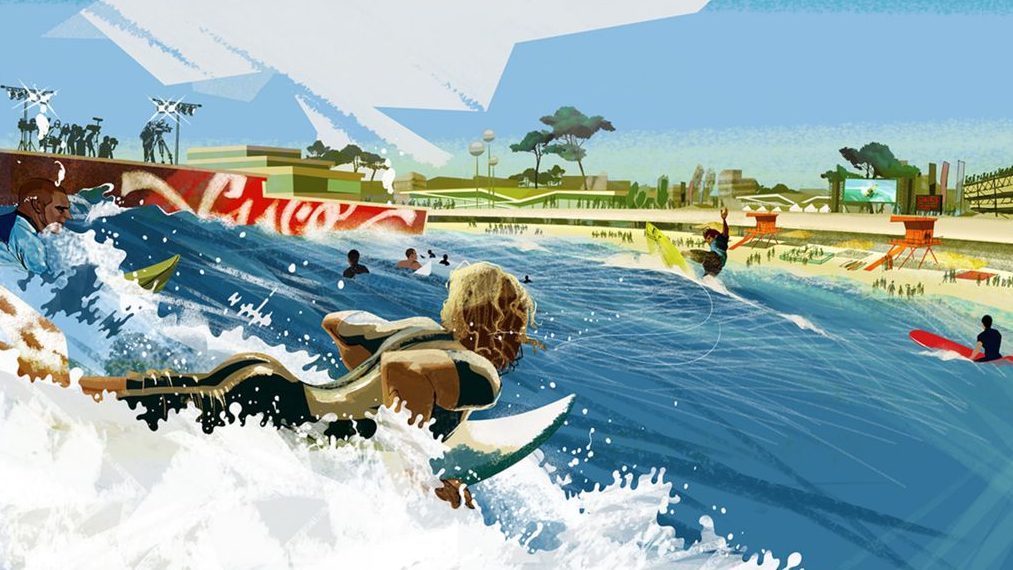
What is unique about the wave pool space as compared to the waterpark space?
Having completed nearly 6,000 projects around the world, all of which have their own unique characteristics, nuances, and demographics, they all present their own sets of challenges. Categorically, this is a very long, and in many cases, arduous process. 50% of our business is from greenfield developments where we assist and guide new development teams throughout the entire process. Without sounding overly clichéd, I think trust is where it starts. The investment dollars are substantial, and our clients depend on having an honest, reliable partner who will deliver to the promised spec. Our reputation is built on being that transparent, trusted partner.
The Surf Park space, in many ways, is still in the pioneering phase. It has not yet established a track record with best practices and certainly, proven financial performance. By way of example, none of the existing surf parks, whether it’s Australia, the US, or even in the UK are using the latest technologies that have been developed in the last three years.
When it comes to raising equity and getting loans from banks, credibility is incredibly important, and customers have trust in our ability to deliver the project at the forecasted financial performance as projected. I think of over our 40 years of working on substantial capital projects, delivering for partners and working side by side, and our plan is to bring that same proven approach to the surf space. As I said at the outset, much of that is established through immediate and permanent transparency.
We’re a completely open book when it comes to shared information with our clients to help them strengthen their investment opportunity and then we connect them to our preferred partners to further assist with the investigation and design phase. We win when our customers are as successful as possible. This is the part we enjoy, and the satisfaction of seeing guests loving the venue and knowing we played a big part in that.
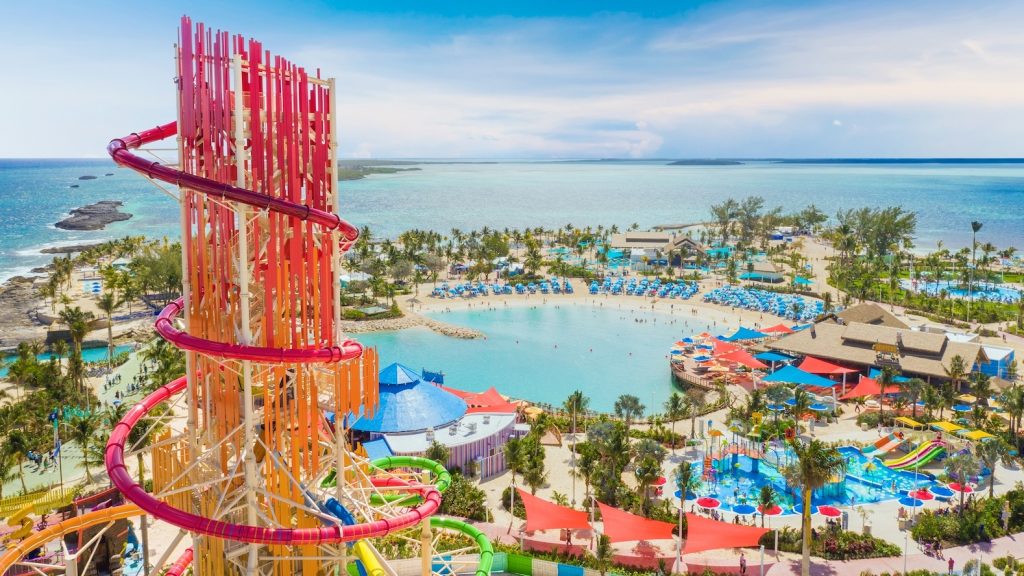
What are some of the oddities or unusual things that you’ve noticed about the surf park space when compared to the waterpark space?
We see a lot of our competitors in this space who actually will provide their own feasibility studies to their clients or potential clients. We have always shied away from this simply because we feel there’s an enormous conflict of interest. I mean, if you come to me and say, “Hey, I’m thinking about doing this, what do you think?” And I turn around and say, “well, based on my estimates, you’re going to make a hundred million bucks in the first three years.” It’s of course, massively conflicted.
The term “building the plane as you’re flying it” is accurate, especially on the project delivery and project execution side. I think we’ve seen this with a number of these projects, that they are being tried and tested live in situations—quite literally at the expense of the client from both a dollars and cents point of view, as well as from a days, weeks, and months point of view. Previous surf parks have faced significant cost overruns, be that because the estimation on the front end was not accurate or it’s simply down to lack of experience.
Wave pool developers have often been way off their capex (cost to build the surf park) estimates, timelines, operating expenses, and capacity forecasts.
“I think after 40 years of working on projects and of building trust with partners by working side by side with them, our plan is to bring that same proven approach to the surf space. A lot of that is achieved through immediate and permanent transparency.” – Paul Chutter
It’s not to say these large scale, difficult, and challenging projects can’t face a number of hurdles. We’ve all probably experienced that complexity when it comes to home renovations or something similar on a much smaller scale. We bring a great deal of expertise to help—it’s our bench strength built over decades of delivering large scale projects. We’ve got 20 project managers that sit here in Vancouver and another dozen or so spread around the world. We have project supervisors on every continent who are our eyes and ears on the ground every step of the way.
There are benefits to having been involved in so many projects around the world and at the end of the day, business is all about relationships. And you know, when you treat people well you find groups who not only are some of the best in their field but who you also truly enjoy working with. We choose to work with the best of the best in every field and every region and it’s absolutely our pleasure to bring those individuals, those groups, and that expertise to the table. Much like our partners on the operational side, many of whom are the best and the most widely recognized around the world. Their operating assets are wide-reaching and include waterparks, adventure parks, theme parks, museums, and even attractions like the London Eye. The groups that we partner with represent the gold standard when it comes to water filtration which, believe it or not, is a very, very complex science and absolutely essential to the successful operation of a surf park.
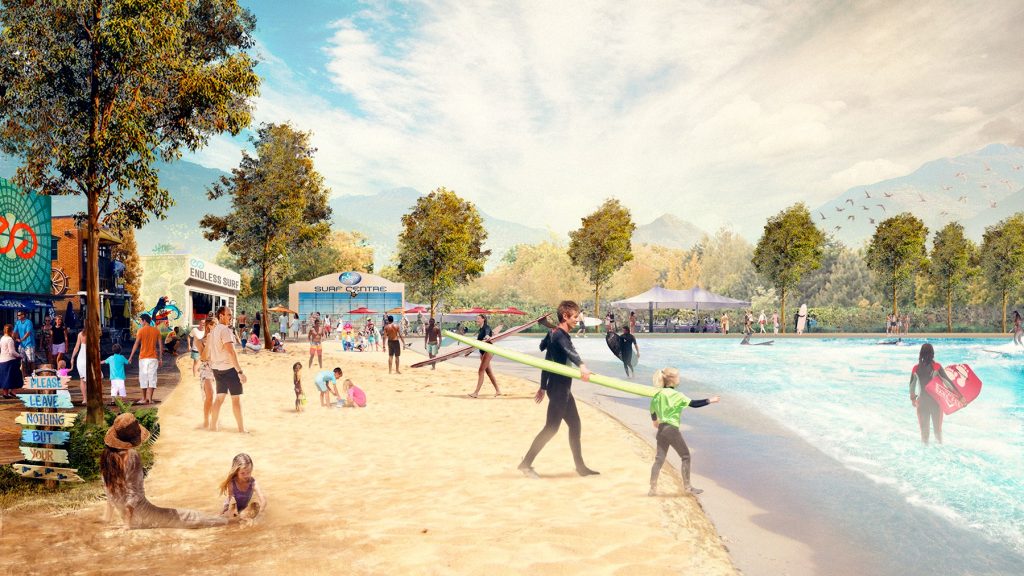
How does WhiteWater help clients through the process?
We have a 20-person architectural team here at WhiteWater, whose expertise is founded on master planning, concept design, and schematic design. So really, it’s the first stage on the creative side. We are understanding a client’s vision, and then injecting our own creativity and know-how—and it really comes to life on paper. I can assure you having sat through numerous design workshops that clients are absolutely blown away. We’ll sit down together and spend eight hours in a boardroom and our designers will go back to their hotel room and in most cases, quite literally work all night. They’ll sleep for maybe two hours, from five to seven in the morning, wake up and then present what they’ve created. And I mean, the client just about falls out of their chair when they see what’s before them.
Real estate developers are hungry for a body of knowledge and a level of expertise and we provide that when we take a plot of land, place a water basin in there, and then configure the entire package. This includes all of the ancillary and technical facilities. When it comes to water usage, placement of cabanas, lounge chairs, food and beverage, and change rooms we’ve done it. We also consider traffic flow patterns, taking into account anticipated capacities, peak usage, average daily usage, and more. It’s really, quite amazing what comes out on the other side of a plan put to paper. And that for us is the starting point. I mean, that’s where the vision starts to crystallize. And frankly, that’s where the fun starts.
Related Coverage
